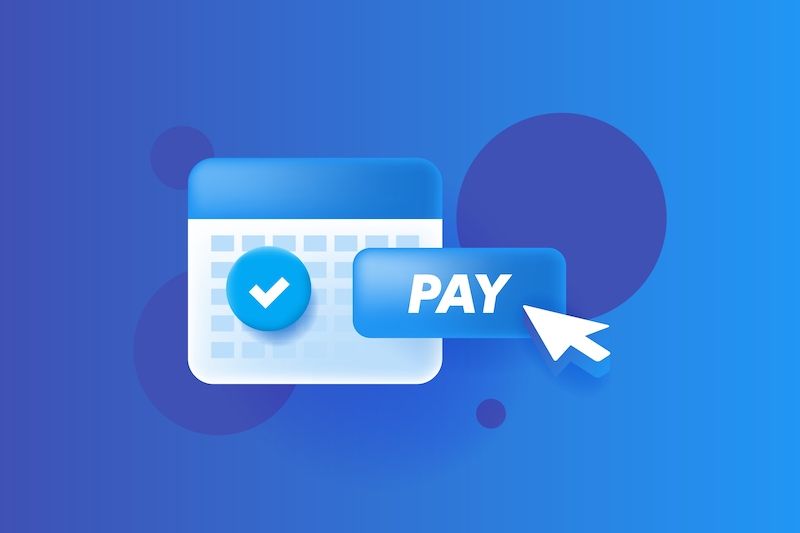How to Crack a Recurring Revenue Business Model

A lot of businesses are focused on making a quick buck. They sell to customers who buy only once.
I appreciate all the ed-tech companies that sell entrance exam coaching. But the problem with that market is that you have to keep advertising to bring in new customers.
Ad costs will always go up as competition goes up and CACs will increase. It can be offset with high-performance marketing campaigns, but only to a certain extent.
Companies that sell to customers who buy again can have an LTV. If a customer joins a subscription for $50/mo and if the company can retain customers for an average of 3 years, that would be $1,800.
The brand can spend $300 to acquire a customer who will pay $50 because the LTV is $1800. Over a period of 3 years, they will still make a $1500 profit from this customer.
To get customers to buy again, there are 3 main factors:
- Community
- Stickiness
- Constant product updates
Community
People always want to become a part of a community. Once they build relationships with other members of the community they don't want to leave that community.
That's why mastermind groups have a high stickiness.
People join a mastermind group specific to their needs and they renew for several years. That's because they have built relationships inside the community and don't want to leave them.
Mastermind groups have to be led by a good leader who can spark these relationships and create an environment for these relationships to prosper.
Stickiness
There needs to be some aspect of the product/service that makes them stick to the product. For example, I won't move away from my CRM tool so easily because it takes a lot of effort to move databases.
Some kind of habit or dependency built around the product which makes it difficult for them to move away from the subscription will make them renew the product.
Product Updates
The product should be dynamic, not static. It shouldn't feel like an old car that needs to be sold and moved on.
When you work with your customers closely and find out what they want, you will be able to bring changes to the product in such a way that their needs are fulfilled. Since needs are always changing, the solution also needs to change all the time.